Your 5 Biggest Electric Vehicle FAQ’s Answered
1. Where Should I Get an EV From?
Much like petrol and diesel cars, you can choose to get your new EV from a range of suppliers, each with their advantages, depending on what you’re looking for.

A few of the options available to you:
One popular and obviously advantageous method is through a salary sacrifice car scheme. Many people are taking advantage of low Benefit-in-Kind (BiK) tax rates for EVs and hybrids, making them an attractive option. Like company cars, they provide an inclusive benefit to employees, but are usually much more widely available, opening the opportunity of the benefit to the majority of employees.
Find out moreAnother route into driving an EV is a car subscription service. These services provide flexibility by allowing you to switch cars or cancel your subscription with ease. While convenient, car subscriptions can be more expensive than traditional purchase or leasing options.
Car manufacturers are also innovating with subscription services of their own. Many are transitioning from traditional dealerships to an agency model, offering a fixed, no-haggle monthly price for a vehicle. This model gives manufacturers more control over pricing and simplifies the buying process for customers, and while highly flexible, it can be more expensive overall.
2. Are EVs Expensive to Buy?
The simple answer is yes, EVs are generally more expensive upfront compared to their petrol or diesel counterparts, however, the prices are dropping all the time, and several new models are now cheaper than their fossil fuelled alternatives. As we’ve covered above, buying an EV outright is just one way of getting your hands on an EV, and not all of them require upfront costs or hefty outlays. It’s also important to consider the broader picture, particularly when it comes to running costs.

What to consider:
While the initial cost of an EV is higher (if you’re planning to buy the car), the savings on fuel and maintenance can make it a highly cost-effective choice in the long run. To determine if an EV is the right choice for you, calculate your annual mileage and compare the fuel costs of a petrol or diesel vehicle with the cost of charging an EV, and you may well be very surprised with how much you could save.
What's the cost of an EV?With fluctuating fuel prices, it’s essential to factor in potential savings on petrol or diesel, road taxes, and congestion charges, especially if you drive in low-emission zones. EVs are often discounted, or exempt from these charges, potentially saving you a lot of money.
Calculate your journey costCharging your EV at home is typically the most economical option. By taking advantage of off-peak electricity rates, you can further reduce costs by charging at night. Many providers offer EV-specific tariffs, where overnight rates can be significantly lower than daytime rates.
Learn more about EV charging3. How Far Do EVs Go Between Charges?
Thankfully, there are currently nearly 42,000 charging points and around 20,000 locations in the UK so range is becoming less of an issue for EVs. However, this is a very hard question to answer in general, as the range of an EV varies depending on factors like battery size and efficiency, typically measured in miles per kilowatt-hour (kWh). While the official WLTP range is a useful guide, real-world conditions often result in slightly lower mileage.
Find a charging point near you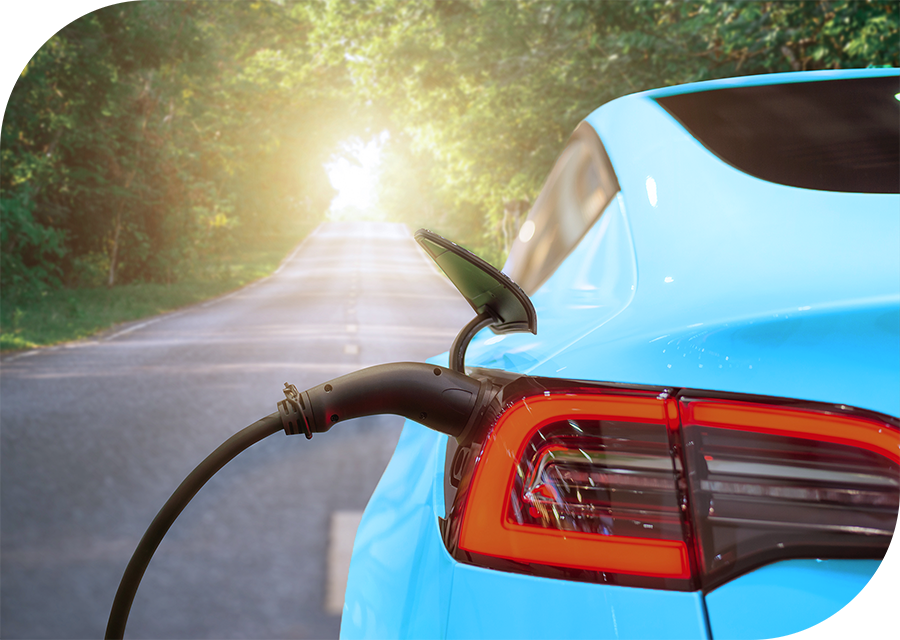
Here are some of the things you need to think about:
Most EVs offer an average efficiency of 3-4 miles per kWh. For example, a Vauxhall Mokka-e with a 50kW battery might offer a real-world range between 150-200 miles per charge. However, this can be affected by external factors such as temperature and the use of onboard equipment like heating or air conditioning.
The average range of new EVs in the UK in 2024 is now more than 212 miles, which means that you will almost certainly have enough range for most trips. In fact, most Tusker drivers only charge their car once a week, so similar to visiting a petrol station.
Cold weather can reduce your EV’s range, as batteries are less efficient in low temperatures. Conversely, air conditioning in the summer doesn’t significantly impact your range as it might in a traditional car. Understanding these nuances will help you maximise your EV’s range. Tusker has a range of handy guides on driving tips to help you get the most from your car.
4. How to Charge an EV?
Charging an EV can be done at home, at work, or on the go using public chargers. Most EV owners charge primarily at home or work, with public charging accounting for a smaller percentage of overall charging needs. For more in depth guides, why not check out the rest of Tusker’s Knowledge hub for top tips.
Find out more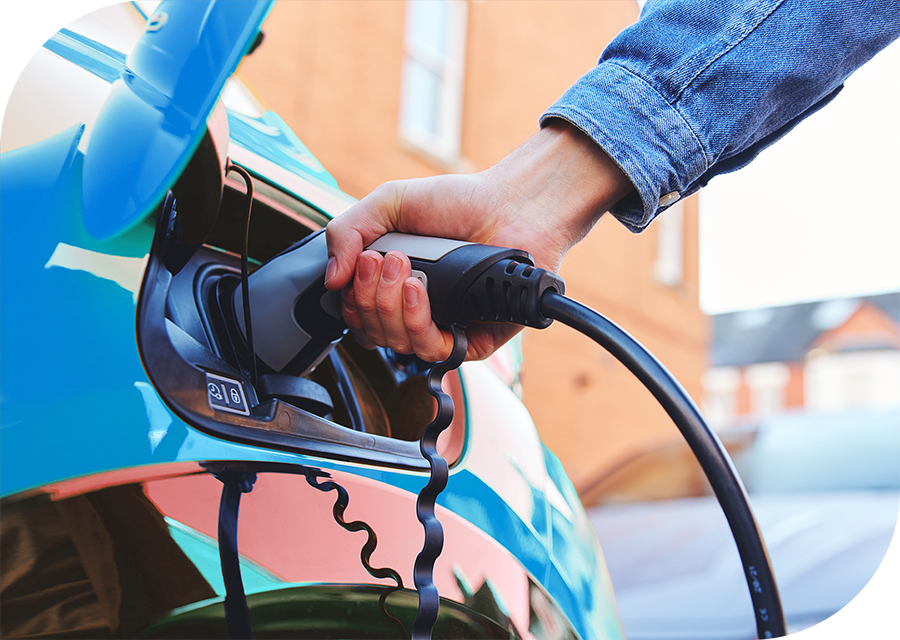
Home Charging vs Public Charging:
If you have off-street parking, home charging is likely your best option. The cost to charge an EV at home depends on your electricity tariff. Many providers offer off-peak rates, making overnight charging particularly affordable.
Find out morePublic charging is convenient but can be more expensive, especially at high-power chargers or locations like motorway service stations. Charging costs vary depending on the charger’s power output, with higher power often meaning higher costs. To save money, consider setting up accounts with charging networks and using their apps, which often offer lower rates than paying by credit or debit card.
Find out more5. Are EVs Reliable?
Yes, EVs are generally very reliable due to their simpler design with fewer moving parts compared to petrol or diesel vehicles. Concerns about battery longevity have largely been unfounded, as advancements in technology have improved battery life, efficiency, and resilience to temperature variations.

Here are some EV’s that could be perfect for you:
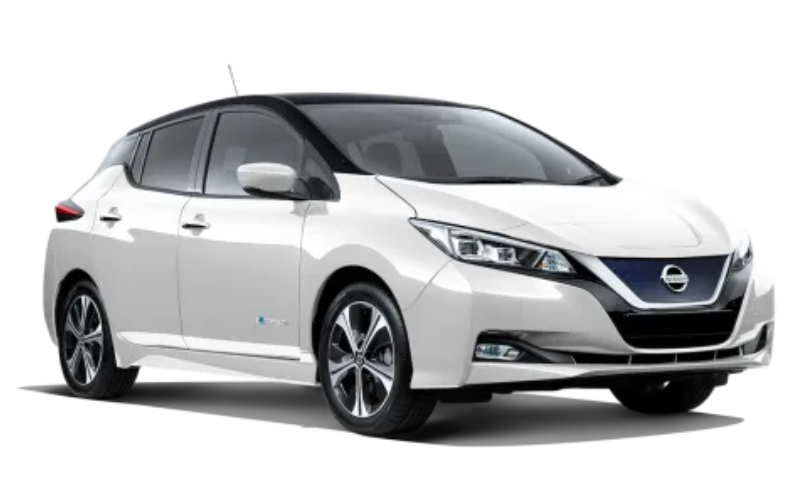
39KWh Battery Capacity
Max. Range: 168 Miles
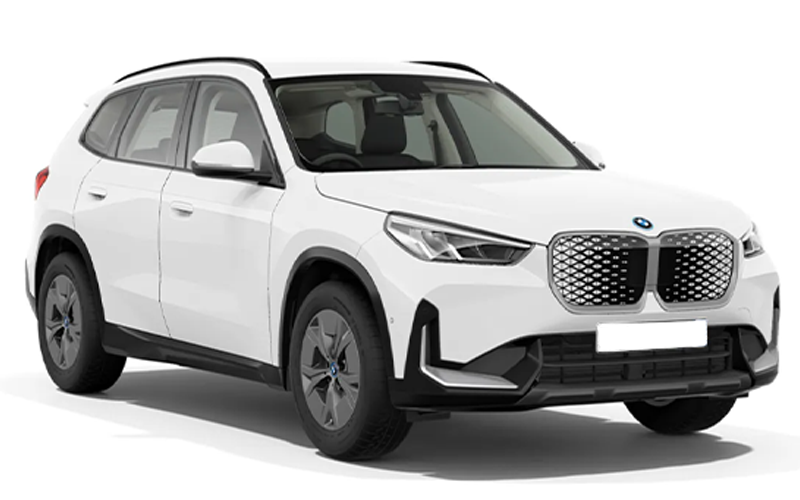
66.5 KWh Battery Capacity
Max. Range: 293 Miles
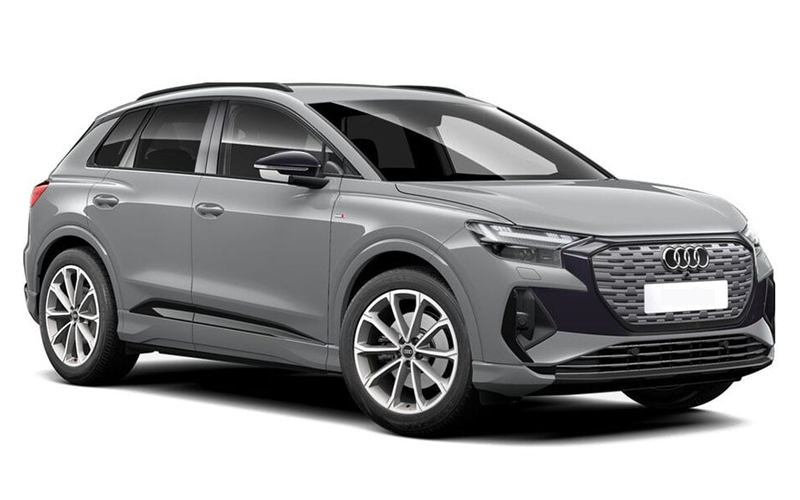
77KWh Battery Capacity
Max. Range: 342 Miles
Ready to Make the Switch?
Switching to an EV offers numerous benefits, from lower running costs to environmental sustainability. With the joy of a brand new car and potential for long-term savings via a Tusker scheme, now is a great time to consider making the switch to driving electric.
Make the switch